
Below is a video of our kiosk display. Please watch it carefully. It can help you understand the details and operation steps of the kiosk display clearly.
After watching the video above, you can see that our kisok disply is worth your time no matter from the exquisite appearance design, high-performance working response, or smooth operation experience. Place an order today to enjoy the latest price discount.
| Component | Description | Component | Description |
|---|---|---|---|
| Display Screen | Primary interface for users, available in various sizes and resolutions, with touchscreen or non-touchscreen options. | Peripherals | Additional hardware like card readers, barcode scanners, printers, and NFC/RFID readers for extended functionality. |
| Enclosure | Protective housing for all internal components, often customizable in material, color, and branding. | Connectivity | Network connections including Wi-Fi, Ethernet, and Bluetooth for internet access and communication with other systems. |
| Processor | Central processing unit (CPU) that powers the kiosk's operations, ensuring smooth performance. | Security Features | Tamper-proof designs, secure locks, and data encryption to protect both the device and user data. |
| Operating System | Software platform (e.g., Windows, Android, iOS) that manages hardware and software resources. | Power Supply | Electrical system providing power, often including battery backup options to ensure uninterrupted operation. |
| User Interface (UI) | On-screen design and navigation elements that users interact with. | Mounting Solutions | Installation methods like floor-standing, wall-mounted, or countertop mounts, based on location and usage needs. |
| Speakers and Microphone | Audio components for voice commands, video playback, or customer interactions. | Cooling System | Mechanisms to prevent overheating, ensuring the kiosk runs efficiently and reliably. |
| Remote Management Tools | Software for monitoring, updating, and troubleshooting the kiosk remotely. | Accessibility Features | Adjustable height, braille touchpoints, and voice command capabilities to comply with ADA and ensure usability for all customers. |
| Data Collection Tools | Integrated systems for collecting and analyzing user interaction data, aiding business intelligence and decision-making. | ||
Retail Stores: Kiosk displays can be used for self-service checkouts, product information, and promotions within retail environments.
Hospitality: Hotels and resorts often use kiosk displays for check-in/out services, local attractions information, and dining recommendations.
Transportation Hubs: Airports and train stations use kiosk displays for ticketing, flight/train information, wayfinding, and baggage tracking.
Healthcare: Hospitals and clinics utilize kiosk displays for patient check-in, appointment scheduling, and health information.
Education: Schools and universities employ kiosk displays for campus maps, event schedules, and course registration.
Corporate Offices: Offices use kiosk displays for visitor management, room booking systems, and company announcements.
Entertainment Venues: Theme parks, museums, and theaters use kiosk displays for ticket sales, exhibit information, and interactive experiences.
Government Institutions: Government offices use kiosk displays for services such as license renewals, permit applications, and information dissemination.
Banking: Banks deploy kiosk displays for ATM services, account inquiries, and digital signage for promotions.
Food and Beverage: Restaurants and cafes use kiosk displays for self-ordering systems, menu displays, and loyalty program information.
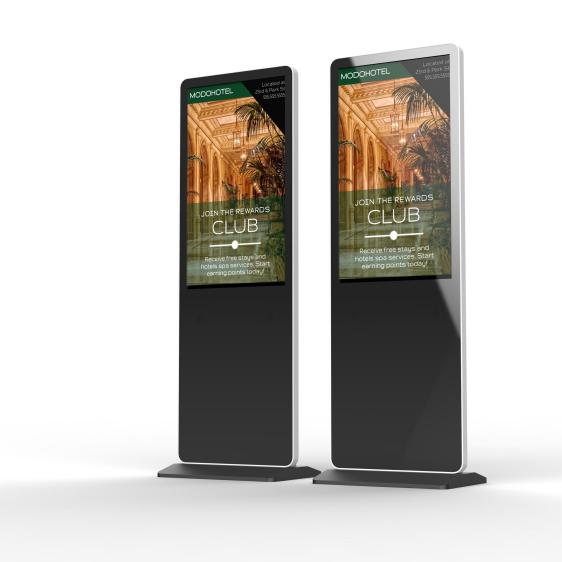
User Interaction: Customers approach the kiosk and interact with the touchscreen or input devices to begin their transaction or access information.
User Interface Navigation: The intuitive user interface guides customers through options such as product browsing, service selection, or information retrieval.
Data Input and Processing: Users input data via the touchscreen, keyboard, or peripheral devices. The kiosk’s processor and software then process this information in real-time.
Transaction Execution: For services requiring transactions, such as payments or check-ins, the kiosk securely processes payments using integrated card readers or other payment systems.
Information Display and Feedback: The kiosk displays relevant information, such as receipts, confirmations, or product details, providing immediate feedback to the user.
Data Collection and Storage: The kiosk collects data from user interactions, storing it securely for later analysis and business intelligence purposes.
Remote Monitoring and Management: Administrators can remotely monitor the kiosk’s performance, update software, and troubleshoot issues using integrated management tools, ensuring seamless operation
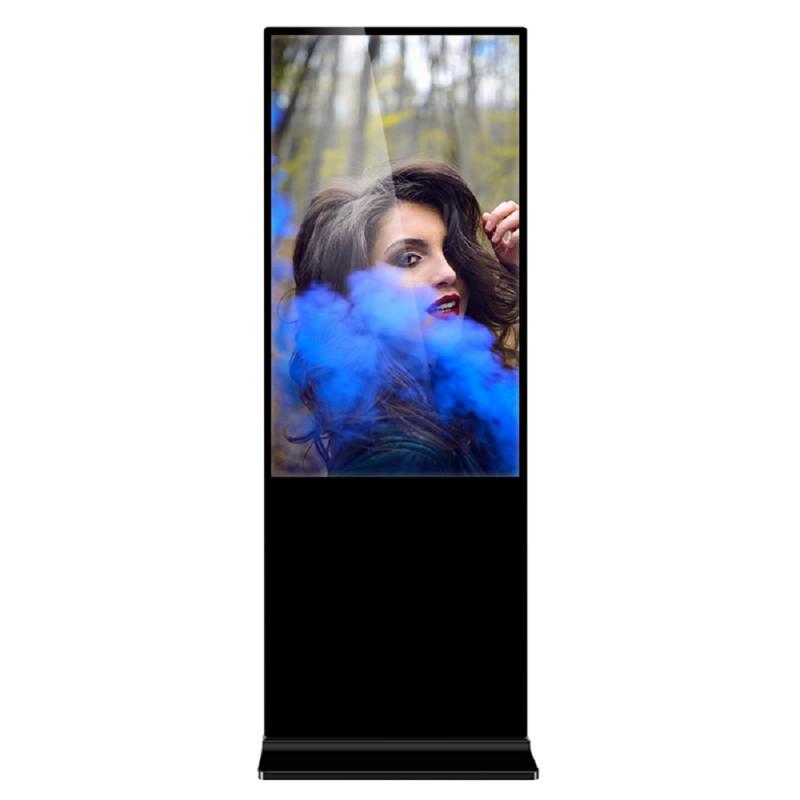
Improved Customer Experience: Provides a user-friendly and interactive interface for customers.
Operational Efficiency: Automates routine tasks, reducing the workload on staff.
Cost Savings: Cuts labor costs by handling transactions and information retrieval independently.
24/7 Availability: Offers continuous service without the need for staff presence.
Enhanced Data Collection: Gathers valuable customer interaction data for business insights.
Branding Opportunities: Customizable designs enhance brand visibility and consistency.
Increased Revenue: Facilitates upselling and cross-selling through targeted promotions and information.
Secure Transactions: Ensures safe and secure processing of payments and personal data.
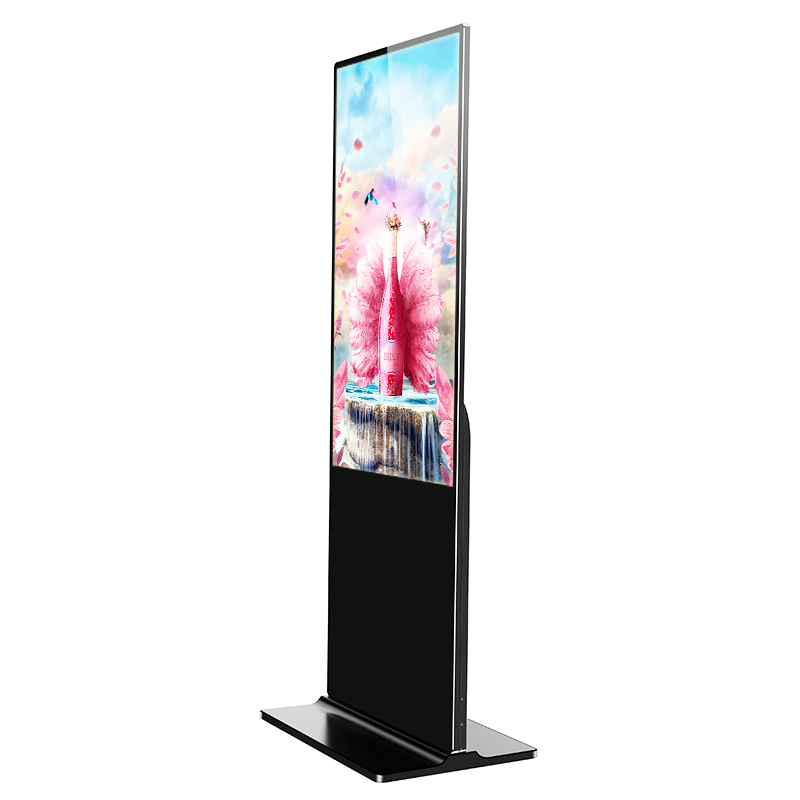
Display Size and Type: Choose from various screen sizes and types, including touchscreen or non-touchscreen options, to suit different use cases and environments.
Enclosure Design and Materials: Select from a range of materials (metal, plastic, wood) and design the kiosk’s enclosure to match your brand aesthetics and durability requirements.
Branding Elements: Customize with logos, colors, and graphics to reinforce brand identity and create a cohesive visual experience.
Peripheral Devices: Integrate additional hardware like card readers, barcode scanners, receipt printers, and NFC/RFID readers for expanded functionality.
Software Customization: Tailor the software interface and applications to meet specific business needs, ensuring an intuitive and engaging user experience.
Mounting Solutions: Opt for different mounting configurations such as floor-standing, wall-mounted, or countertop setups based on spatial and usage considerations.
Security Features: Enhance security with tamper-proof designs, secure locks, and data encryption to protect both the kiosk and user information.
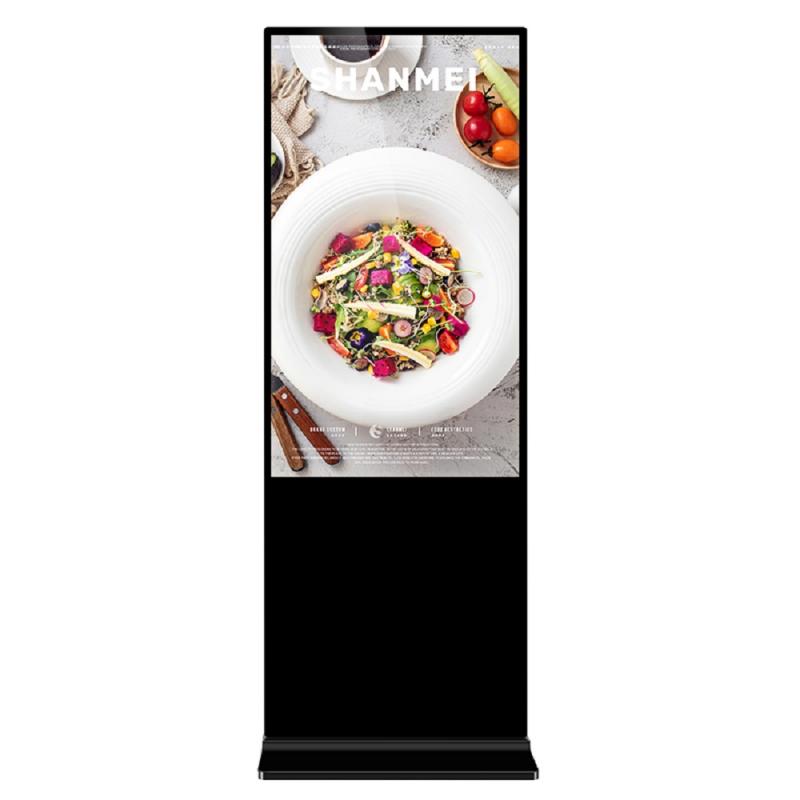
Intended Use: Determine the primary purpose of the kiosk display, such as customer service, information dissemination, or advertising, to select the appropriate type and features.
Location and Environment: Consider whether the kiosk will be used indoors or outdoors, as this affects the need for weatherproofing, durability, and screen brightness.
Budget: Evaluate the total cost, including the kiosk hardware, software, installation, and potential maintenance expenses to ensure it fits within your financial plan.
User Interface and Experience: Choose a display that offers an intuitive and engaging user interface to enhance customer interaction and satisfaction.
Customization Options: Assess the available customization options for branding, screen size, peripherals, and software to ensure the kiosk meets your specific requirements.
Security Features: Ensure the kiosk includes adequate security measures such as tamper-proof designs, secure data handling, and user authentication to protect sensitive information.
Support and Warranty: Check the availability of technical support, warranty, and after-sales services from the provider to ensure reliable operation and quick issue resolution.
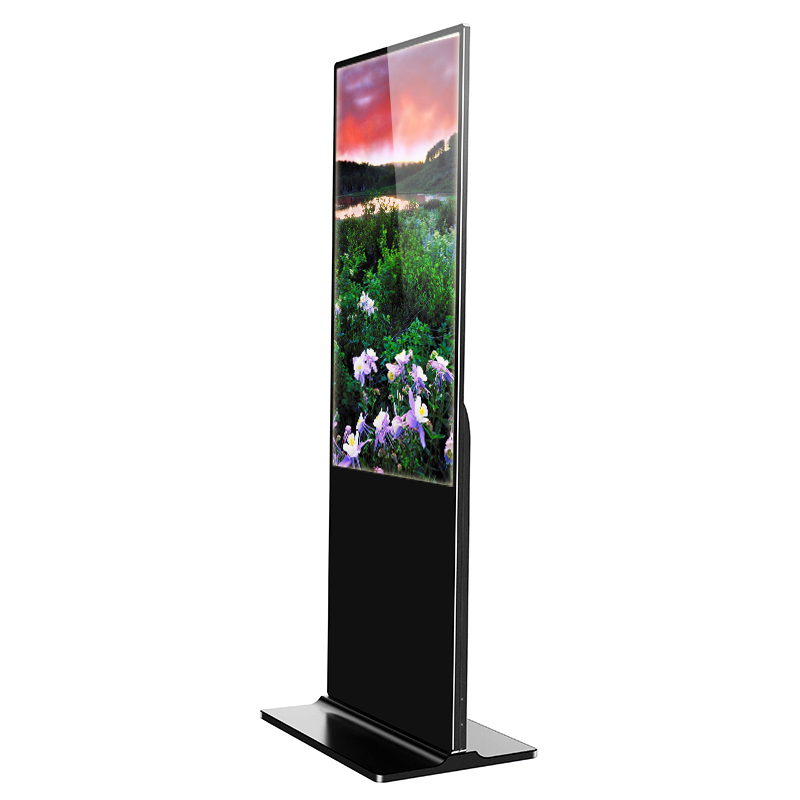
Investing in kiosk display involves several cost considerations, including the initial purchase price, installation, software development, and ongoing maintenance. The initial costs can vary significantly depending on the type, size, and customization options chosen. For instance, a basic countertop kiosk may be less expensive compared to a large, weather-resistant outdoor display with advanced security features. Additionally, costs for software development and integration with existing systems need to be factored in.
Despite the upfront investment, the return on investment (ROI) for kiosk displays can be substantial. Kiosks enhance operational efficiency by automating routine tasks, reducing the need for staff and lowering labor costs. They improve customer satisfaction through faster service and more interactive experiences, leading to higher sales and repeat business. Moreover, kiosks provide valuable data on customer behavior, enabling businesses to make informed decisions and tailor their offerings effectively. Advertising through digital signage kiosks can also generate additional revenue streams. Over time, the benefits of increased efficiency, enhanced customer engagement, and data-driven insights contribute to a favorable ROI, justifying the initial investment.
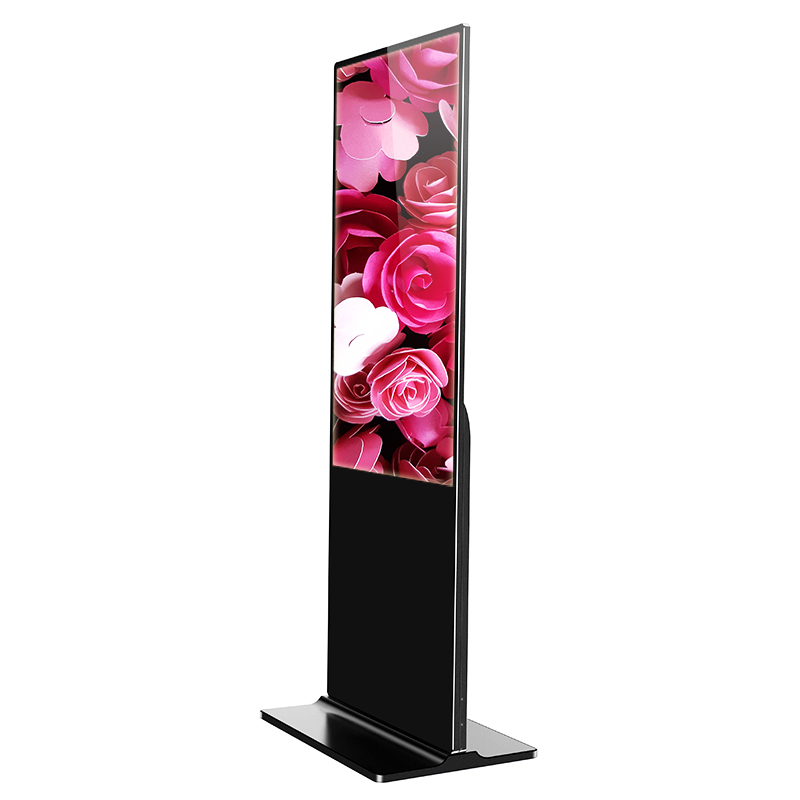
| Type | Description | Size | Typical Usage |
|---|---|---|---|
| Interactive Touchscreen | Touch-enabled for user interaction | 10-32 inches | Customer service, information kiosks |
| Digital Signage | High-resolution displays for advertisements | 32-75 inches | Advertising, promotions |
| Self-Service | Facilitates transactions and services | 15-24 inches | Check-ins, payments, ticketing |
| Information Kiosks | Provides info and directions | 19-32 inches | Malls, airports, museums |
| Outdoor Displays | Weather-resistant and robust | 32-55 inches | Outdoor advertising, wayfinding |
| Countertop Kiosks | Compact and space-saving | 10-22 inches | Retail, hospitality, small businesses |
| Freestanding Kiosks | Standalone units with large screens | 32-55 inches | Retail stores, lobbies |
| Wayfinding Kiosks | Interactive maps and directories | 19-32 inches | Large complexes, campuses |
1. Initial Consultation:
2. Requirement Analysis:
3. Design Proposal:
4. Customization and Development:
| 5. Prototype and Testing:
6. Final Production:
7. Installation and Support:
|
What did our happy clients say?
The custom kiosk display has transformed our customer service experience. The interactive interface is intuitive, and our customers love the quick self-service options. Installation was smooth, and support has been excellent.
We are thrilled with our new kiosk display. It's sleek, user-friendly, and fits perfectly with our brand. The data collection feature has provided valuable insights into customer preferences. Highly recommended!
Our outdoor kiosk display is robust and performs flawlessly in all weather conditions. The installation process was seamless, and the ongoing support ensures everything runs smoothly. It’s been a great investment.
The kiosk displays have significantly reduced our wait times and improved customer satisfaction. The customization options allowed us to align the kiosks perfectly with our brand aesthetics. Excellent product and service!